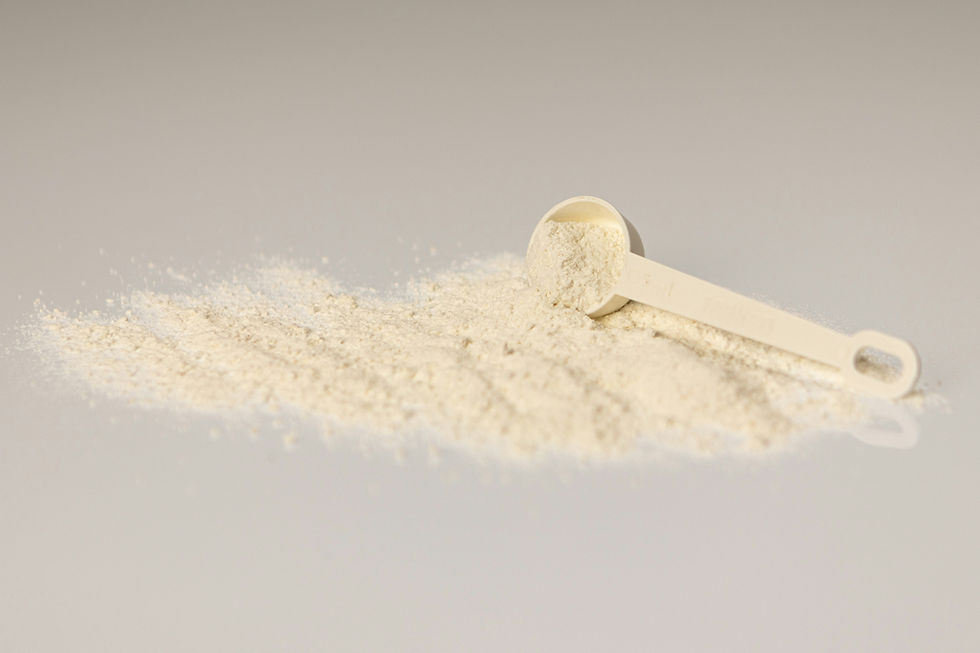Cornstarch in Bath Bombs: Do You Really Need It?
- Kimberley Sun

- Aug 17
- 2 min read
Cornstarch (also called cornflour for us Australians) shows up in a lot of bath bomb recipes. It's cheap, easy to get, and many makers use it as a standard ingredient. But is it really necessary? Let's look at both sides.

Why Do People Use Cornstarch in Bath Bombs?
Texture - can make bath water feel smoother or silkier
Slows the fizz - dilutes the reaction between citric acid and bicarb so it lasts longer
Helps binding - bulks up the recipe and makes bombs less fragile
Affordable filler - inexpensive, stretches batches and reduces costs
What Are the Downsides of Cornstarch?
It's a filler - doesn’t really add much beyond soft texture
Possible residue - in higher amounts, it can leave a film or ring in the tub
Moisture risk - being a starch, it can feed bacteria or mould if stored improperly
Not always skin-friendly - can feel drying on some skin types
Personally, I don’t use cornstarch in my bath bombs anymore. It's something I played with early on in my career, though now, it feels like a filler ingredient rather than something that really belongs in the recipe. I prefer to keep things simple and only add what makes the product better - perhaps due to my goldfish-esque memory I do also appreciate a shorter recipe list when making a bath bomb.
Since cornstarch can also hold onto moisture (and because it's a food starch) that also opens the door for bacteria or mould if storage isn't perfect. As a maker, I have the luxury of humidity controlled rooms. I can appreciate that's certainly not something everyone typically has at their disposal. Reasonably, I'd rather remove the bacterial risk completely and not use cornstarch at all. It helps me sleep easier knowing a customer who's decided to use a bath bomb half a year after purchase won't risk any questionable infections where you would least want them!
Cornstarch can still have its place though, especially in DIY bath bombs that are made for immediate use. If you're mixing up a batch at home to enjoy the same day or within a week, the chance of bacterial growth is practically zero because there's no time for moisture or microbes to take hold. In that context, cornstarch can be a handy ingredient to soften the feel of water and slow down the fizz without the use of emulsifiers that aren't as convenient to get your hands on. The risk mainly comes with long-term storage and inconsistent conditions.
All in all, bath bombs don't need cornstarch to fizz, to look great, or hold together. Infact, natural clays are a great alternative if you’re looking to add body and stability without the same downsides. For me, leaving cornstarch out keeps the recipe simpler, safer, and more purposeful. And it also brings me peace of mind knowing there is no potential food for anything nasty to sprout from!





Comments